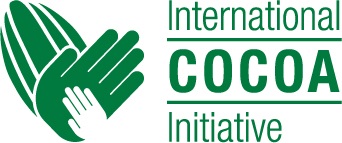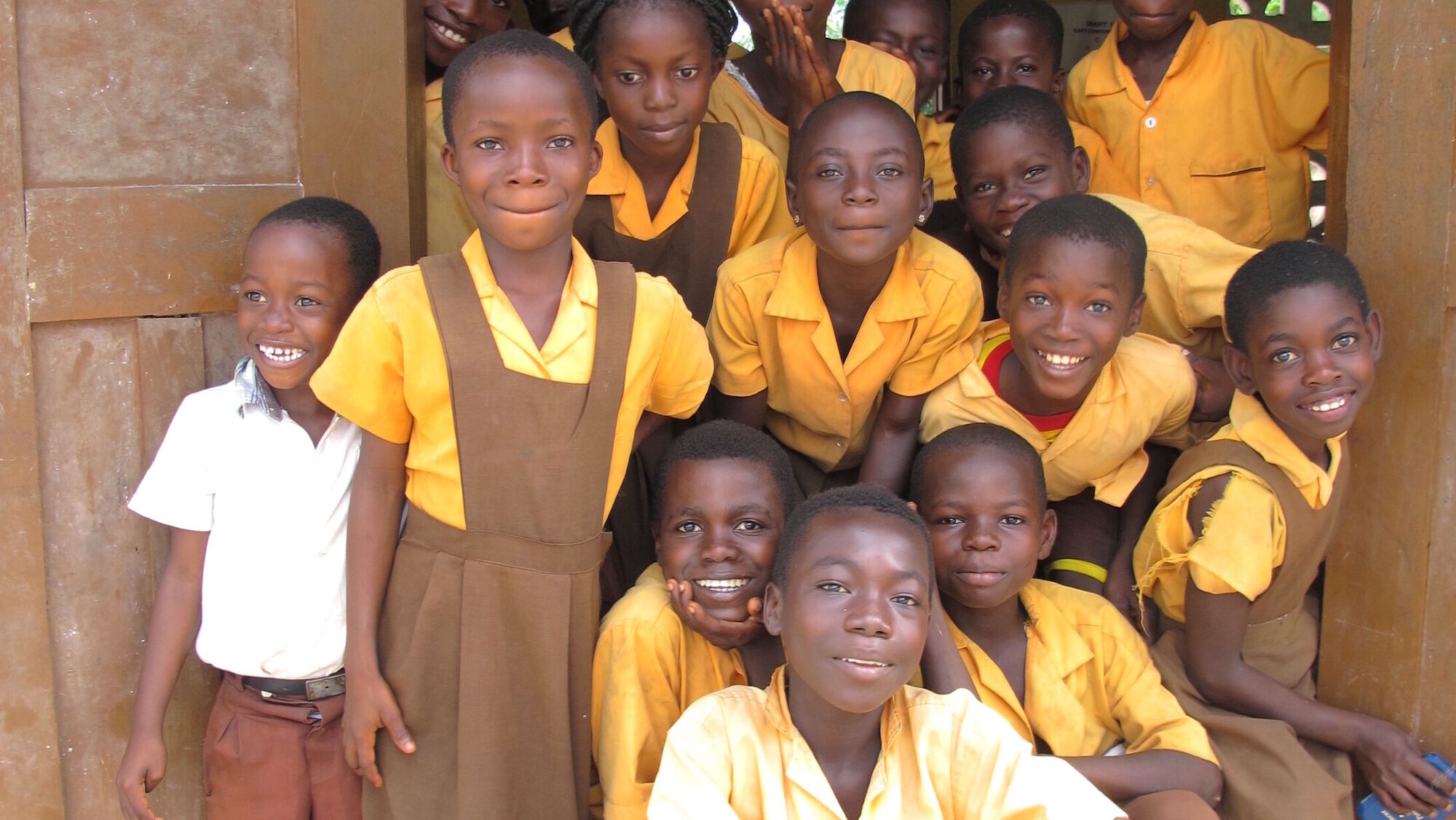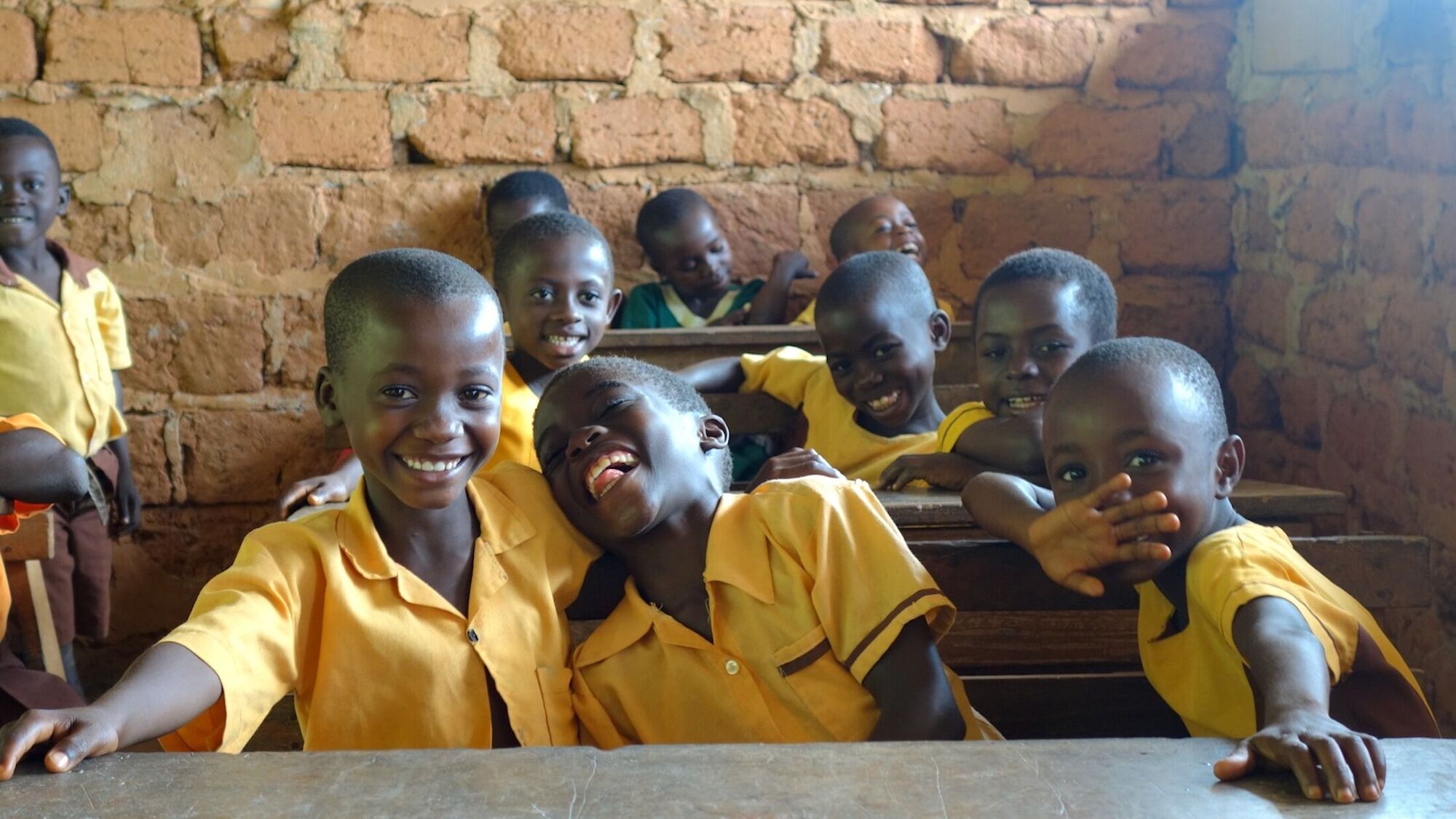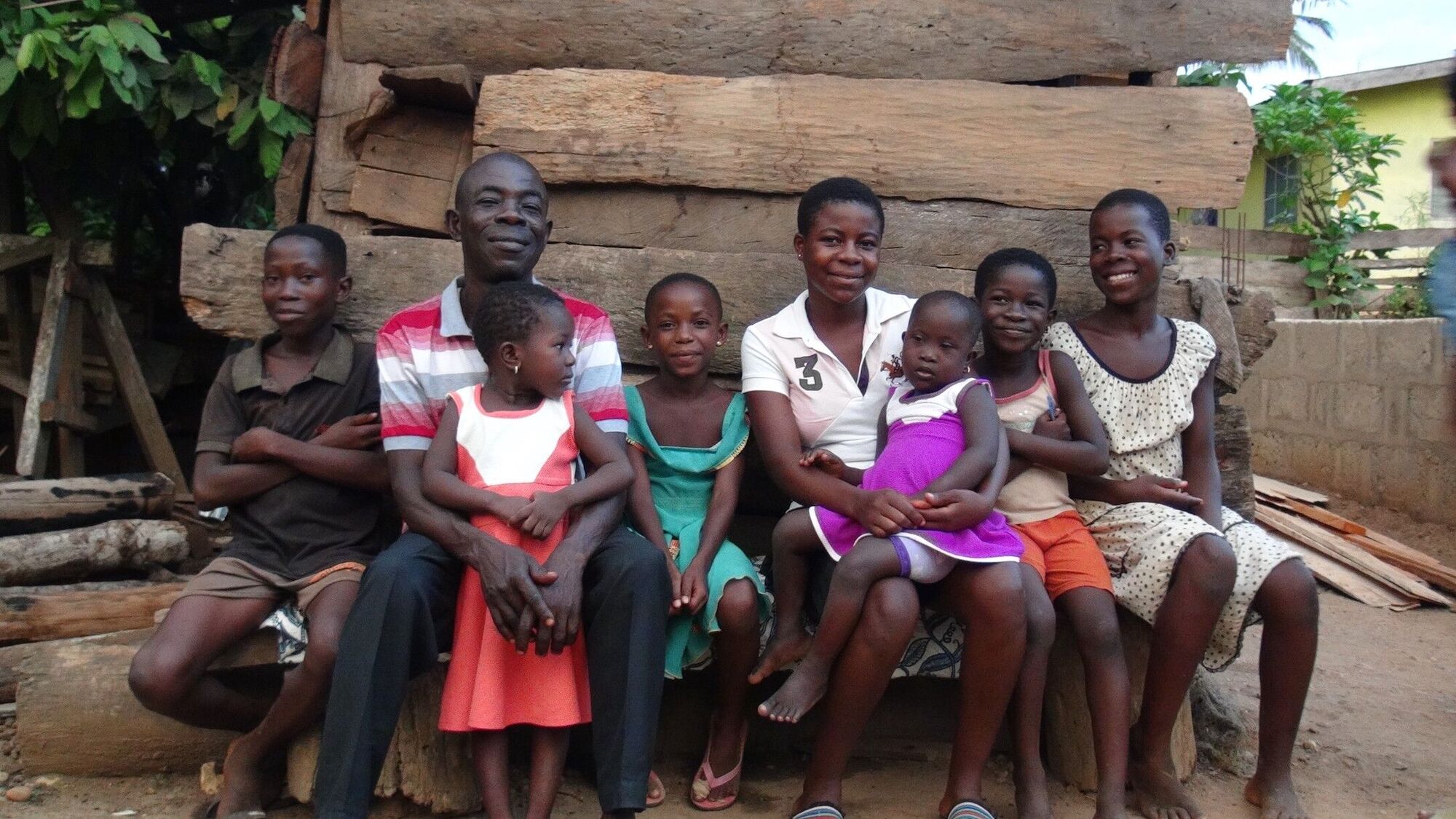Targeted income support to reduce child labour
What the project was about
In Ghana, the main cocoa sourcing country for Switzerland, the number of cocoa farmers and their families living in poverty and children reported to be in child labour remain high. Cash transfers are a common poverty reduction intervention, but their impact on child labour had never been tested in cocoa-growing communities. This project aimed at reducing the prevalence of child labour by strengthening the income of vulnerable cocoa growing households. It also developed and tested whether predictive models could be an effective way of identifying households using child labour, so that children at risk could be supported more quickly.
What was done
The project tested two approaches. The first was to create a child labour risk prediction model based on existing information about farming households, such as farmer registers, to make it quicker and easier to identify households at high risk of using child labour. The second was to test whether cash transfers – direct payments to farming households – could be an effective type of support to tackle child labour.
To test the impact of cash transfers on child labour, the project partners set up a randomised control trial, in which about 300 randomly selected households received monthly cash transfers of around 30 USD for six months. A survey then compared these households to a similar control group who did not receive payments until later.
What the project achieved
- The project developed a risk model that can accurately predict child labour based on existing information about farming households. The final model correctly predicted child labour in 72 % of cases.
- The cash transfers significantly reduced hazardous child labour, from a baseline prevalence of 58 % at the start of the project to 49 % at the end.
- The cash transfers helped households avoid negative coping strategies such as skipping meals and using child labour when faced with shocks. Such shocks can be loss of income due to illness, a poor harvest or a death in the family. They also increased children’s material well-being as households acquired basic items like bedding and clothing for children as well as basic household goods.
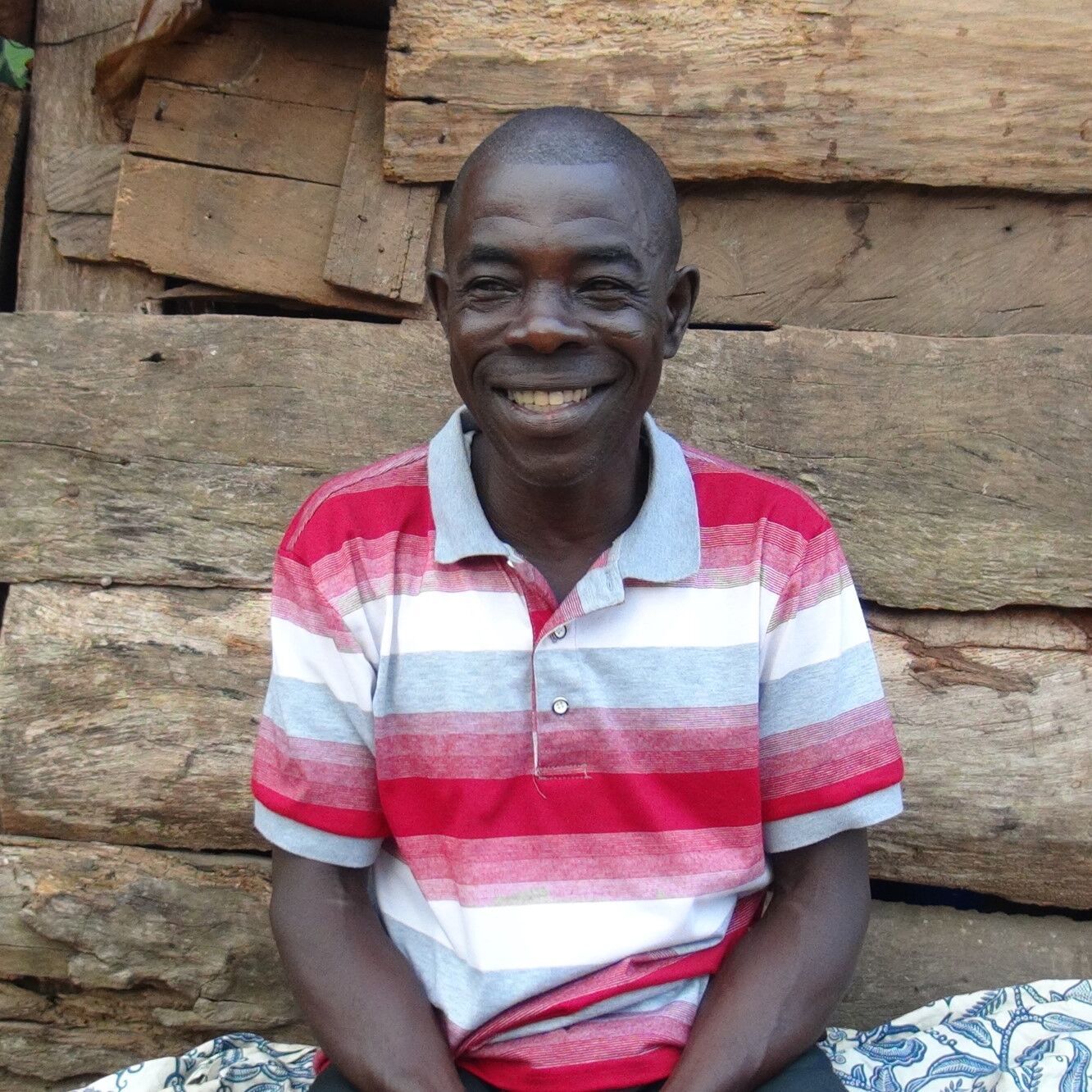
I gave part of the money I received as allowances to my children when they were going to school and also to cover educational expenses like buying of books and pens. I didn't have much trouble taking care of my children in school within the period, even though we were in the lean season.
What didn’t work or had unintended consequences
The original proposal aimed to deliver cash transfers to households identified as higher risk by the predictive model. However, since the quality and completeness of existing farmer lists was too poor, it was not possible to do this. Instead, the cash transfer was set up as a randomised control trial. The use of such an experimental approach turned out to be favourable, as it allowed to generate more robust evidence on the impact of cash on all children, not only those in child labour.
Originally, the project team hoped to deliver cash transfers through Ghana’s national social protection programme, LEAP. But following consultation, officials from LEAP and other government departments advised conducting the pilot separately, since cocoa farmers in targeted communities were not vulnerable enough to meet the definition of “extreme poor” on which the national programme’s targeting was based.
Covid-related challenges delayed the implementation of the project, meaning that many activities were completed later than originally planned. Many households reported financial difficulties related to the pandemic, which the cash transfer programme helped them to cope with. The reduction in child labour is especially encouraging in this context, considering the pandemic caused child labour to rise in many parts of the world.
Interview with ICI about the project
Megan Passey (Head of Knowledge and Learning at ICI), in what ways were the project’s approaches new and innovative?
To our knowledge, this was the first time that both approaches – models to predict child labour risk and cash transfers – were robustly evaluated in cocoa-growing communities in West Africa.
What have ICI, ECOM and Nestlé learned through the project?
We learned that cash transfers can indeed be an effective means of reducing child labour, increasing household resilience to adverse events, and improving children’s material well-being in cocoa-growing communities. Their use should be scaled up, as part of a comprehensive set of measures to address the root causes of child labour, identify children at risk and provide targeted support to prevent and address child labour.
We also learned that child labour risk prediction is possible and that using such models can improve the efficiency of child labour monitoring. However, prediction is only possible when complete, accurate and up-to-date information exists about targeted farmers, including the sex and age of children in farming households. To benefit from the potential efficiencies of using predictive models, stakeholders first need to collect the right data and ensure it is of good quality.
What do you recommend to other stakeholders implementing similar projects?
First, when developing risk models to predict child labour, quality data is key. Before using risk models, it is often necessary to ensure that farmer records are complete and up to date. Second, whenever households invest in expanding their farms and businesses, evidence shows there is a risk that cash transfers can increase child labour, rather than reduce it. Cash transfer programmes should therefore be designed carefully to avoid adverse effects and ensure children benefit.
What are the next steps?
Following the initial success of the cash transfer project, ICI, ECOM and Nestlé are working on a second pilot to test whether combining cash transfers with interventions to increase gender equality could have an even bigger impact on child labour and child wellbeing. In doing so, we hope to fill an important gap in available evidence about how the gender of the cash transfer recipient can influence the extent to which child labour is reduced.
How is it ensured that the project has not only short-term, but long-term effects?
The primary aims of this pilot were to test two new approaches, generate robust evidence about their feasibility and impact, and share this with other stakeholders so that if successful, the use of such approaches could be scaled up. Several cocoa sector actors are already scaling up their use of cash transfers as part of multi-year programmes, suggesting that this type of intervention can be sustainably integrated into business operations in the longer-term. Moreover, increasing numbers of stakeholders are using predictive models to target support more effectively to children at risk. Building on this pilot, ICI and several others have continued to develop models to predict child labour and use them to improve the targeting of assistance to children and families at risk. A recent report provides case studies and guidance.
Organisations involved
